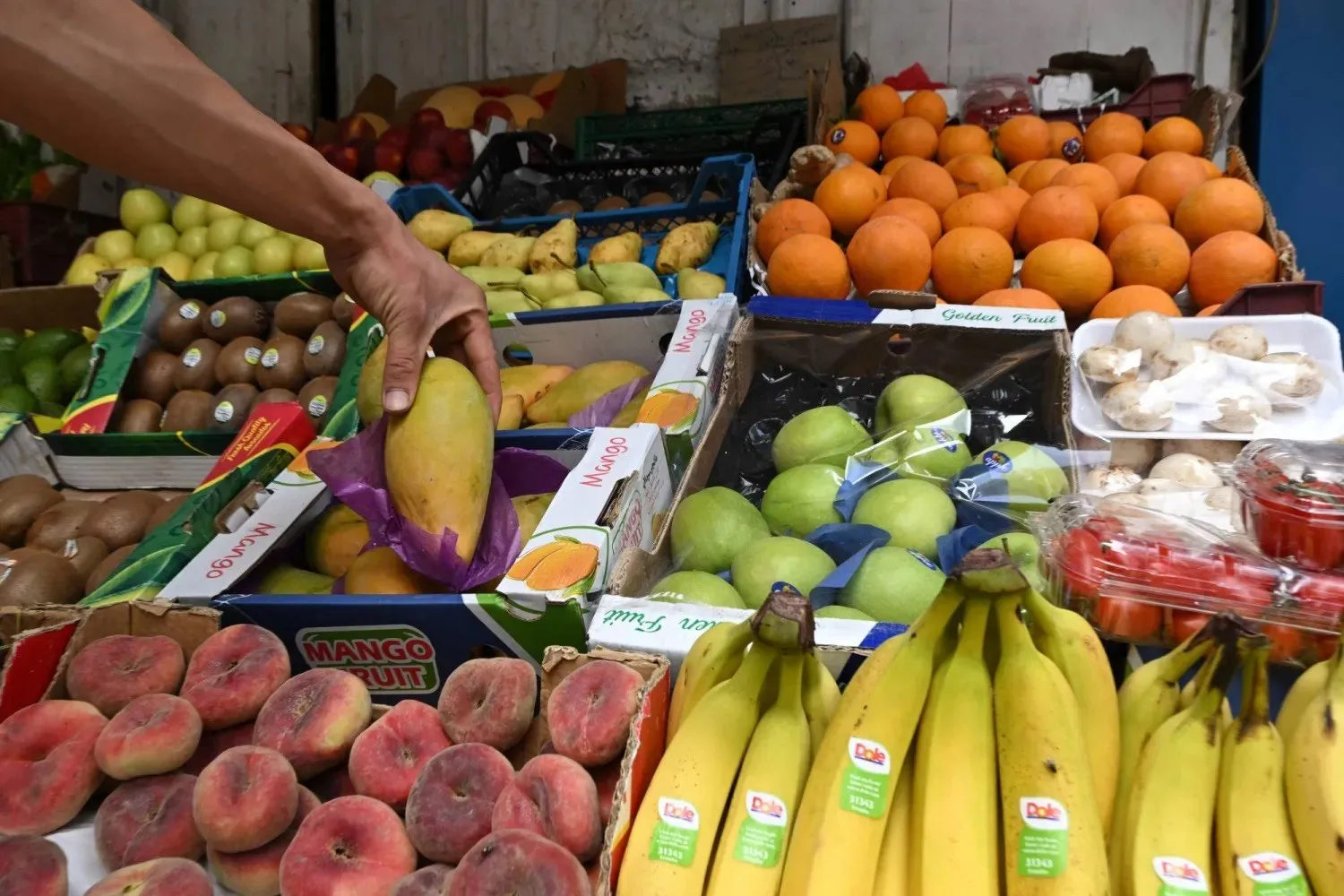“The truth will be revealed in the future.” This was the response of former Iranian President Hashemi Rafsanjani in December 1996 when asked if his country was involved in the Khobar Towers bombing in June of that year. This was just a statement from an interview then Asharq Al-Awsat Editor-in-Chief Othman Al Omeir conducted with the former ruler.
“You always speak of Iran’s good intentions and then come the accusations, such as the one related to the Khobar bombing. Can you confirm otherwise?” Al Omeir asked at the time. Rafsanjani replied: “The rumors over this issue are similar to previous ones. There is no doubt that the truth will be revealed in the future.”
He added that he was officially informed that those involved were Saudi residents, some of whom fled the Kingdom. He said they may have turned to Iran. “We have seriously searched for them, but could find no trace of them in Iran,” he added. One of the suspects is known to authorities, he continued, revealing that it was alleged that he was in Iran, but it turned out that he died in prison in Syria.
In June 1996, Khobar was rocked late at night by a massive truck bombing that destroyed an eight-story building in a housing complex. The building was home to American and other western families. The entire complex also housed Saudi families, but the building was targeted specifically because it was home to mostly Americans.
Nineteen Americans and a Saudi were killed in the attack, which also left 400 people wounded. Days later, the United States officially accused the Hezbollah Al-Hejaz party of being behind the bombing, which was one of the strongest attacks against Saudi Arabia. The US Justice Department formally charged 13 Saudis and a Lebanese man in the attack.
Facts revealed
Riyadh and Washington continued to cooperate with each other in the investigation. In June 2001, the US indicted 13 members of the Hezbollah Al-Hejaz, saying they received backing from Iran. In 2002, the Iranian government was demanded to respond to accusations that it, along with the Revolutionary Guards and Hezbollah, were involved in the crime.
In 2004, an American federal judge ordered Iran to pay 254 million dollars in damages to the families of 17 American military personnel who died in the attack. An indictment was issued against the Iranian government and its Ministry of Intelligence and Security, as well as the Revolutionary Guards. High court judge Royce Lamberth ruled that the attack was carried out by people recruited by Guards General Ahmad Shah Cheraghi. The truck used in the assault was put together at a Hezbollah and Guards base in the Lebanese Bekaa region and Iranian supreme leader Ali Khamenei approved the bombing.
“The totality of the evidence at trial . . . firmly establishes that the Khobar Towers bombing was planned, funded, and sponsored by senior leadership in the government of Iran," Lamberth said. The terrorists carried out the attack and then fled to Iran. They include prime suspect, Ahmed Al-Mughassil, who led the military wing of the Hezbollah Al-Hejaz. He remained in Iran from 1996 to 2015. He was wanted by the FBI that offered 5 million dollars for anyone who would provide information that would directly lead to his whereabouts.
Mughassil arrest
In August 2015, Asharq Al-Awsat ran the exclusive news of Mughassil’s arrest in Beirut from where he was flown to Riyadh. According to official Saudi sources at the time, Saudi security services received confirmed information that the suspect was in the Lebanese capital. They swooped in, putting an end to a 19-year search.
Another suspect, Jaafar Shuweikhat, reportedly died in his cell three days after his arrest by Syrian authorities. Plans were underway for his deportation to Saudi Arabia. He allegedly committed suicide by swallowing a bar of soap. A third suspect, Abdulkarim al-Nassar, is still at large and believed to be in Iran, where authorities are giving him safe haven. Other suspects include Ibrahim al-Yacoub and Ali al-Houri.
New judgment against Iran
On Friday, a US judge ordered Iran to pay another $879.1 million over the bombing, ruling again that Tehran bore responsibility. President Donald Trump's administration hailed the judgment, the latest over the attack against Iran, which denies involvement and refuses to pay.
Beryl Howell, the chief judge of the US federal district court in Washington, cited previous evidence as she wrote that Iran "aided Hezbollah in carrying out a horrific, violent attack that killed 19 people and injured hundreds more."
In a July 2 ruling that was made public this week, she ordered the damages for 14 US service members who were injured in the attack as well as 21 family members. Explaining why the amount includes punitive damages, she said that the plaintiffs "suffered physical injuries and psychological trauma" and that "there is a need to deter future terrorist attacks."
State Department spokeswoman Morgan Ortagus hailed the decision, writing on Twitter: "Justice is overdue for the many victims of Iranian-supported terror."
Howell in 2018 had ordered Iran to pay $104.7 million in a similar case over the Khobar Towers bombing.
Hezbollah Al-Hejaz
The Revolutionary Guards first started to form the Hezbollah Al-Hejaz in 1980. The terrorist group was formally established in 1987 after the Hajj incidents and clashes with Saudi security forces that left dozens of pilgrims and members of the security dead. The terrorists were trained in Iranian camps to carry out attacks in Saudi Arabia.
The group operated with a political and military council under the Revolutionary Guards. It made its first statement a week after the Hajj incidents, vowing to work against Saudi leaders. It was behind the August 1987 bombing of an Eastern Province gas plant and the March 1988 bombing of oil installations at Ras Tanura and Jubail.







